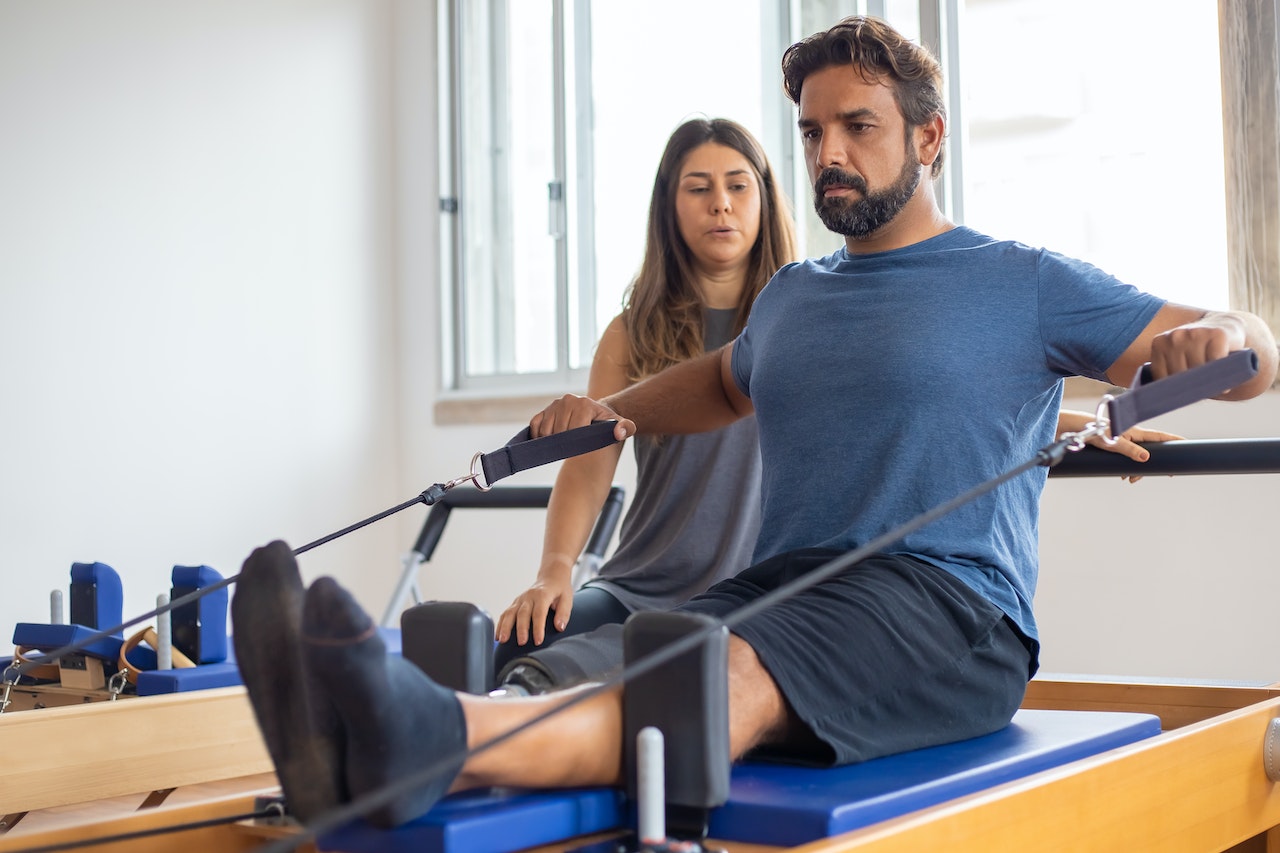Exercises to Combat Dead Butt Syndrome & Revive Your Glutes
When a person loses their memory, we all know that’s basically amnesia of the brain. Did you know there’s another kind of amnesia out there? That’s called gluteal amnesia, also known as dead butt syndrome. It’s when you have pain or reduced performance in various activities because you’re not using your gluteal muscles correctly.
Gluteal Amnesia: Dead Butt Syndrome
Essentially, a person’s glutes forget their entire purpose. The gluteal muscle does not activate even when it’s supposed to. Weak glute muscles can put additional strain on the body, causing injuries to other parts of the body. This can include the likes of:
- Hamstring injuries
- Knee cartilage injuries
- Lower back pain
- Tight hip muscles
Performance in activities, no matter what they are, can also be affected by gluteal amnesia. That includes playing tennis, weight training, or running.
Dead Butt Syndrome Causes
A sedentary lifestyle is the primary culprit of gluteal amnesia. People who are either sedentary in general or end up needing to be seated for long stretches of time without breaks are most prone. Regularly commuting long distances, making a living by way of commercial driving or spending hours at a desk job are all high risks for dead butt syndrome.
People who sleep on their side in a fetal position could also end up contributing to muscle weakness.
Signs and Symptoms of Dead Butt Syndrome
There are rather obvious signs of gluteal muscles essentially no longer working. It includes unusual pain or cramping in hamstrings during workouts and an anterior pelvic tilt. The latter is easily identified by looking in the mirror: the spot where a belt buckle sits will be pointed to the ground by just a bit instead of the usual straight ahead direction. Other factors include weak abdominals, poor posture and hip flexors that are tight.
A good way to really check is through a pelvic bridge:
1. Lie on the floor face up, with ankles below knees and feet on the floor.
2. Lift hips up from the position until they’re at the same level as the knees.
3. Dead butt syndrome is present if there is tension on the lower back or hamstrings.
Exercises For the Glutes To Wake Up
Glute Bridges
1. Lie face up on floor with palms pushing into floor, arms by sides
2. Keep knees bent with feet on floor
3. Make sure feet are hip-width apart
4. Tuck pelvis gently, driving heels into floor
5. Lift hips towards ceiling, straight up
Rainbow Taps
1. Get on floor, on all fours
2. Keep wrists under shoulders and knees under hips
3. Engage core, keep spine neutral
4. Extend right leg straight backwards
5. Engage glutes as right leg is lifted up and over to left, tapping floor
6. Move in arching motion but not higher than the hip
Subtle Chair Workout
1. Sit tall with tight abdominals and shoulders pulled back subtly
2. Tuck tailbone gently
3. Squeeze and flex a butt cheek for five seconds, then the next
4. Alternate cheeks at 10 squeeze-and-flex moves each (20 overall)
Conclusion
Dead butt syndrome is the more common term for gluteal amnesia. Essentially, a sedentary lifestyle and/or just being in a seated position for a long time will lead to this. Workouts to revive the glutes include rainbow taps and glute bridges.
Need a helpful workout for your booty? Check out Rhythmic Health today! We can’t wait to help you find your unique, healthy rhythm.









